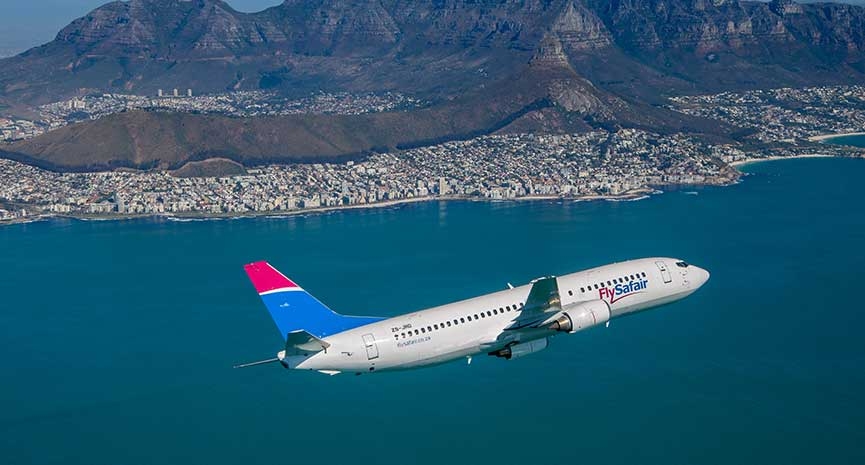FlySafair launches new routes connecting KZN to Eastern Cape
Aviation - FlySafair has recently announced that they will be launching new routes between Durban’s King Shaka Airport and East London as well as Durban and Port Elizabeth. The first flights will depart 27 November 2017.

June 6, 2017: FlySafair has recently announced that they will be launching new routes between Durban’s King Shaka Airport and East London as well as Durban and Port Elizabeth. The first flights will depart 27 November 2017.
The launching of these routes comes in the wake of a survey that FlySafair conducted to determine public appetite for a number of potential options. The survey included the Durban – East London and Durban – Port Elizabeth options along with several others including, Nelspruit – Cape Town, Durban – George, Cape Town – Bloemfontein, Lanseria – Bloemfontein, and Lanseria – Cape Town. The winning route on the survey, with an overwhelming majority of 54% of the votes, was Cape Town – Nelspruit, but the airline chose to launch the routes that came in second and third place instead.
Kirby Gordon, head of sales and distribution, FlySafair, said, “Public appetite for a new route is naturally a massive consideration factor. But there are some other important factors that have to fall into place including utilisation of aircraft and crew, and slot compliance.”
Gordon explains that airlines look at three key factors when choosing to launch a new route.
Demand to Capacity Fit
FlySafair operates Boeing 737-400 and 737-800 aircraft which have either 165 or 189 seats. In order for a route to be economically viable, the airline needs to mostly fill its aircraft, most of the time. What this means is that there needs to be a minimum of about 140 people willing to fly on each flight offered. If there are less than those numbers of people, the route is better served by an airline that operates smaller aircraft.
Efficiency
The key to running a low-cost airline lies in keeping the costs low - as the name suggests. One of the most critical factors in achieving this is to maximise the available flying hours of both the aircraft and the crew. As such it’s necessary to determine the right movement patterns that allow for maximum flying while ensuring that crew sleep in their own beds.
Take-off and Landing slots
OR Tambo International Airport processes up to 50 take-offs and landings every hour, that’s a movement every minute and 12 seconds. These slots are all scheduled very carefully and competition for the slots between airlines can be intense as everyone needs the specific slots they want to match their utilisation patterns. Sometimes, there has to be a compromise somewhere along the line.
“Looking at all these factors, the Durban to East London and Port Elizabeth links are the ones that made the most business sense. The interest in the Cape Town – Nelspruit route is very encouraging and we’ll certainly keep looking into that one too,” Gordon added.


